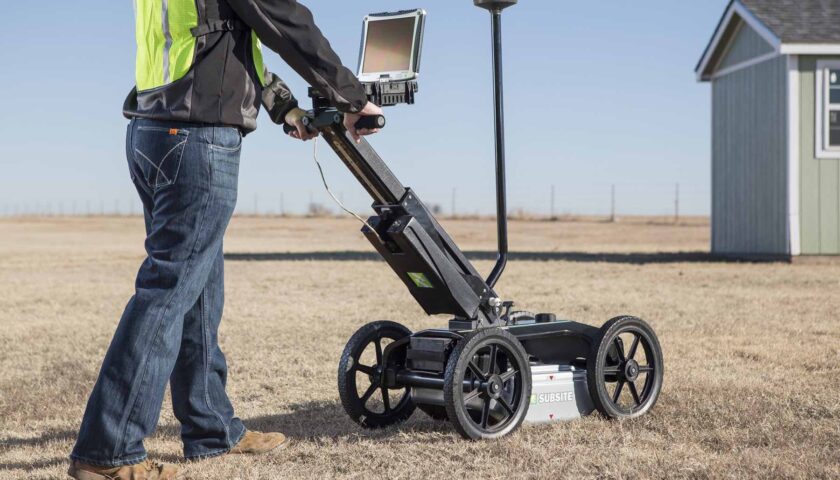In the vast tapestry of agriculture, where the most-used farm equipment is the tractor, these powerful machines stand as the unsung heroes, revolutionizing the way farmers cultivate their lands. Tractors have become synonymous with modern farming, offering efficiency, speed, and versatility that have significantly transformed the agricultural landscape. In this blog, we’ll delve into the world of tractors, exploring their varied uses, pricing dynamics, and the ever-evolving market trends.
The Backbone of Agriculture:
1. Versatile Applications:
Tractors are the backbone of modern agriculture, serving a myriad of purposes. From plowing and harrowing to planting and harvesting, these robust machines streamline labor-intensive tasks, significantly enhancing productivity. With the ability to tow various implements, tractors have become indispensable on the farm, adapting to the diverse needs of different crops and farming practices.
2. Technology Integration:
The evolution of tractors goes beyond sheer horsepower. Modern tractors are equipped with cutting-edge technology, including GPS guidance systems, automated steering, and precision farming tools. These innovations not only improve efficiency but also contribute to sustainable farming practices by optimizing resource utilization.
Deciphering the Price Puzzle:
1. Factors Influencing Price:
The cost of a tractor is influenced by several factors, including its horsepower, brand, features, and additional attachments. Higher horsepower and advanced features command a higher price tag. Popular brands often come with a premium, reflecting their reputation for durability and performance.
2. Consideration of Maintenance Costs:
While the upfront cost is a crucial factor, farmers also weigh the long-term maintenance expenses. Choosing a reliable brand and investing in quality machinery can often result in lower maintenance costs over the life of the tractor, making it a wise investment for farmers.
Navigating the Market Trends:
1. Evolving Energy Sources:
The agricultural machinery market is witnessing a shift towards more sustainable and eco-friendly options. Electric and hybrid tractors are gaining traction, driven by the growing emphasis on reducing carbon footprints and the availability of renewable energy sources.
2. Precision Agriculture’s Impact:
The integration of precision agriculture technologies is reshaping the market landscape. Farmers are increasingly seeking tractors that can seamlessly integrate with data analytics, enabling them to make informed decisions about planting, irrigation, and harvesting.
3. Global Market Dynamics:
The tractor market is not confined to national borders. Global trends, economic conditions, and geopolitical factors influence both production and pricing. Farmers and manufacturers alike need to stay attuned to these external dynamics to navigate the market effectively.
The Resilience of Rural Economies:
1. Job Creation and Economic Impact:
Tractors not only serve as efficient tools for farmers but also contribute significantly to rural economies. The agriculture sector, with tractors at its core, generates employment opportunities from manufacturing and maintenance to dealership networks. A thriving agricultural sector, fueled by the use of tractors, often has a ripple effect, positively influencing local businesses and communities.
2. Financial Considerations for Farmers:
For farmers, investing in a tractor is a strategic decision that requires careful financial planning. Many farmers explore financing options, subsidies, and government programs to ease the financial burden. The availability of affordable financing plays a crucial role in facilitating access to these essential agricultural tools, especially for small and medium-sized farms.
The Human-Machine Synergy:
1. Skill and Training:
Operating a tractor effectively requires skill and training. As tractors become more technologically advanced, the need for farmers to stay updated on the latest machinery and software also increases. Agricultural extension services and training programs play a vital role in ensuring that farmers can harness the full potential of their tractors and associated technologies.
2. Community Knowledge Exchange:
Farmers often engage in knowledge-sharing within their communities, discussing best practices, maintenance tips, and insights into maximizing tractor efficiency. This communal exchange of information is invaluable, fostering a sense of unity and collaboration among farmers who understand the challenges and benefits of tractor use.
Innovations in Precision Farming:
1. Smart Farming Solutions:
The integration of smart farming solutions with tractors is reshaping agricultural practices. From soil sensors that provide real-time data on moisture levels to automated systems for planting and harvesting, tractors are becoming central to the era of precision farming. These innovations not only enhance productivity but also contribute to resource efficiency, minimizing waste and optimizing yield.
2. Data-Driven Decision Making:
Farmers are increasingly relying on data-driven insights to make informed decisions. Tractors equipped with GPS technology and sensors collect valuable data on field conditions, enabling farmers to implement precision agriculture techniques. This data can be analyzed to tailor planting strategies, manage irrigation more effectively, and predict optimal harvest times, ultimately maximizing the efficiency of the entire farming operation.
Challenges and Future Outlook:
1. Challenges in Adoption:
While tractors have become indispensable for many, some farmers, especially in developing regions, face challenges in adopting this technology. Issues such as access to financing, lack of awareness, and limited infrastructure can hinder the widespread adoption of tractors, highlighting the need for targeted interventions and support.
2. Embracing Sustainability:
As the world grapples with environmental concerns, the agricultural sector is under increasing pressure to adopt sustainable practices. Tractor manufacturers are responding by exploring alternative fuels, eco-friendly designs, and precision technologies that minimize environmental impact. The future of tractors lies in their ability to align with global sustainability goals while meeting the ever-growing demand for food production.
Addressing Environmental Concerns:
1. Emission Standards and Alternative Fuels:
Environmental consciousness is driving changes in tractor design and fuel sources. Stricter emission standards are prompting manufacturers to develop tractors that adhere to more sustainable practices. Additionally, the exploration of alternative fuels, such as biodiesel and electric power, is gaining momentum. These initiatives aim to reduce the carbon footprint of agriculture, making tractors more environmentally friendly.
2. Circular Economy Initiatives:
In the quest for sustainability, the agricultural machinery industry is exploring circular economy initiatives. These include practices such as remanufacturing and recycling components to extend the lifespan of tractors. Farmers are increasingly considering the environmental impact of their equipment, and manufacturers are responding with strategies that align with the principles of a circular economy.
The Social Impact of Tractor Technology:
1. Empowering Women in Agriculture:
Tractors are contributing to gender inclusivity in agriculture by easing the physical demands of traditional farming practices. With the use of tractors, women in farming communities can participate more actively in various agricultural tasks, breaking down gender barriers and promoting equality in the agricultural workforce.
2. Community Development:
Beyond individual farms, the widespread adoption of tractors contributes to community development. The increased efficiency in farming translates into economic growth for rural areas, fostering infrastructure development, educational opportunities, and overall improvements in the quality of life for those living in agricultural communities.
Conclusion:
In conclusion, tractors are more than just farm equipment; they are the driving force behind the agricultural revolution. Their versatile applications, integration of technology, and evolving market trends make them a fascinating aspect of modern farming. As the agricultural landscape continues to transform, tractors will undoubtedly play a pivotal role in shaping the future of sustainable and efficient food production.
Read More: The Top 50 Most Profitable Tech Startup Ideas in 2024





